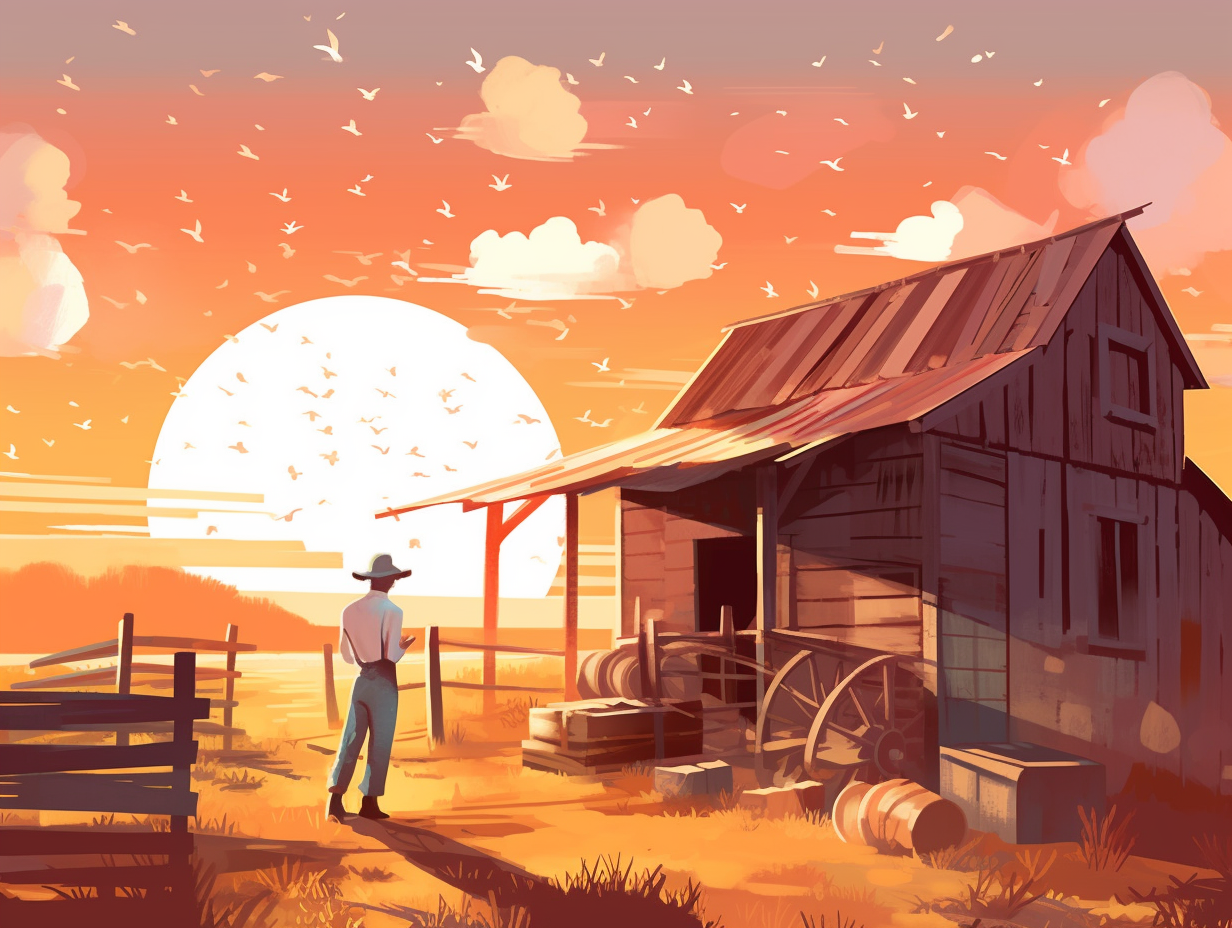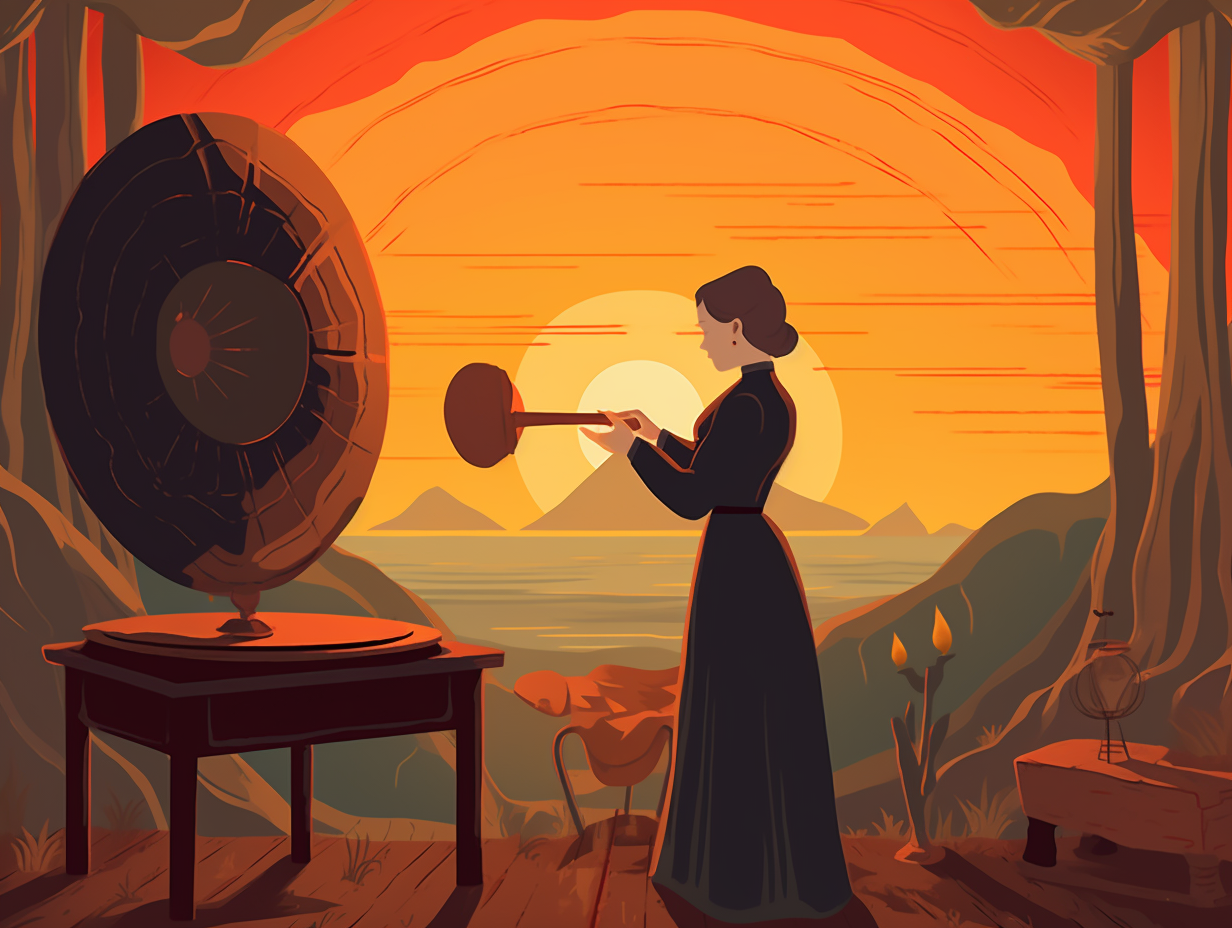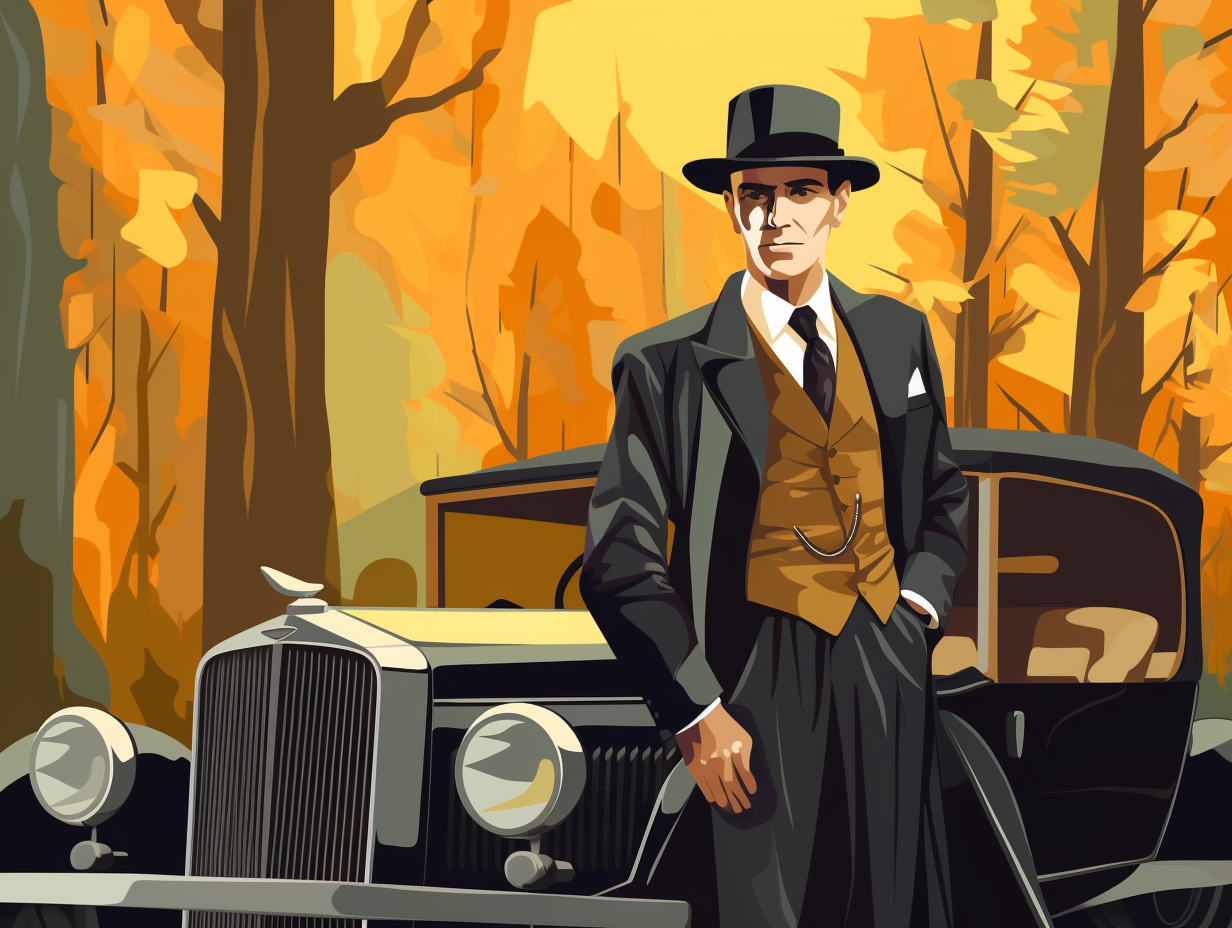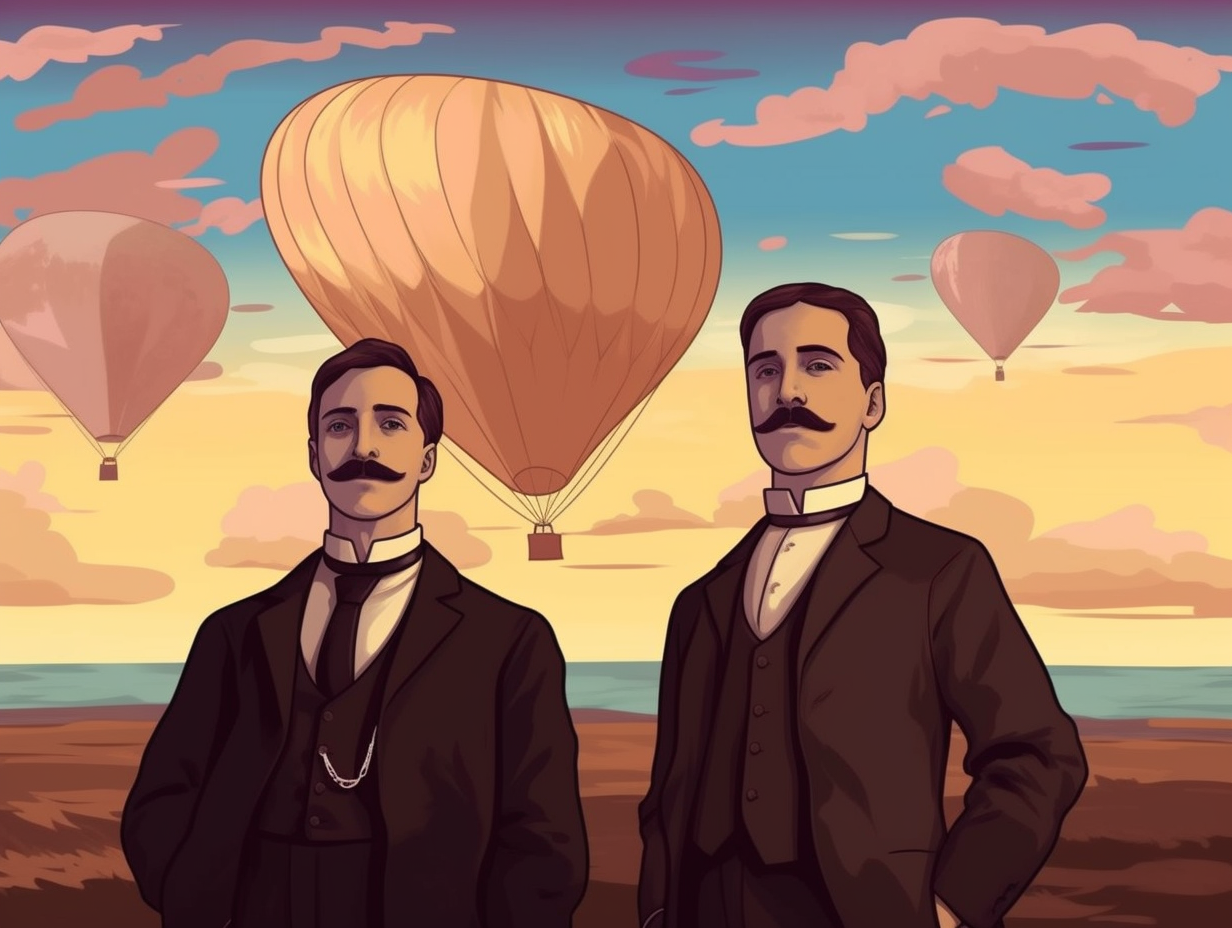Discover the Untold: Top 9 Fun and Fascinating Facts About Barbed Wire!
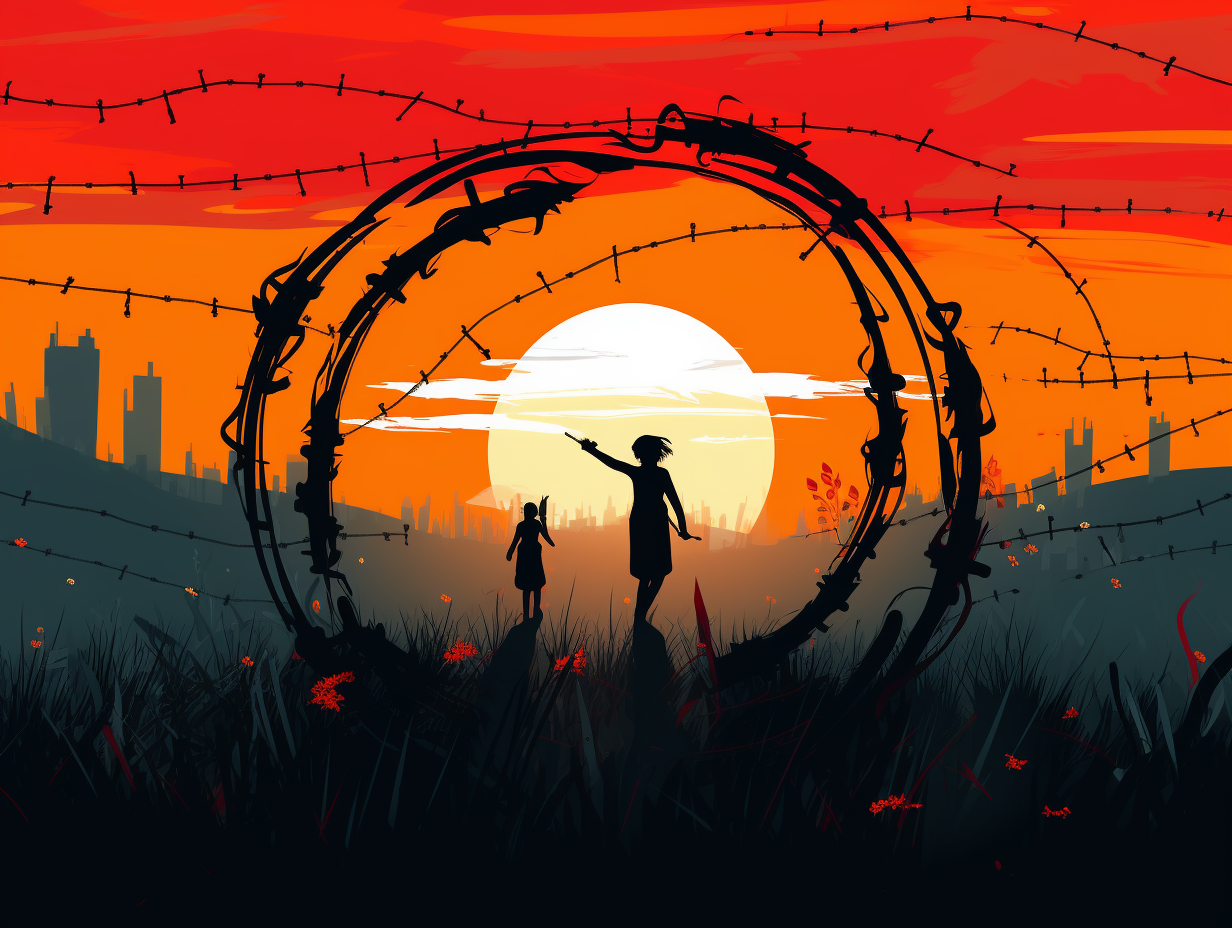
1. Barbed Wire Boosts Agriculture
Who needs timber when you've got a prickly solution? Unleash the power of barbed wire: With its invention in the late 1800s, this spiky wonder not only made it easier for settlers to protect their crops and land from wandering livestock, but also revolutionized agriculture in the American Plains, increasing productivity by around 30% and boosting the value of farmlands up to 3% of U.S. GDP!
Source => perc.org
2. Goodbye Cattle Drives, Hello Fences
Cows on lockdown and the end of the Wild West's bovine crime waves: Joseph Glidden's invention of the double-strand barbed wire in the late nineteenth century revolutionized fencing options and effectively put an end to cattle drives, with his Barb Fence Company selling for a whopping $60,000. This seemingly simple wire contraption forever changed the agricultural dynamics of the American Plains.
Source => invent.org
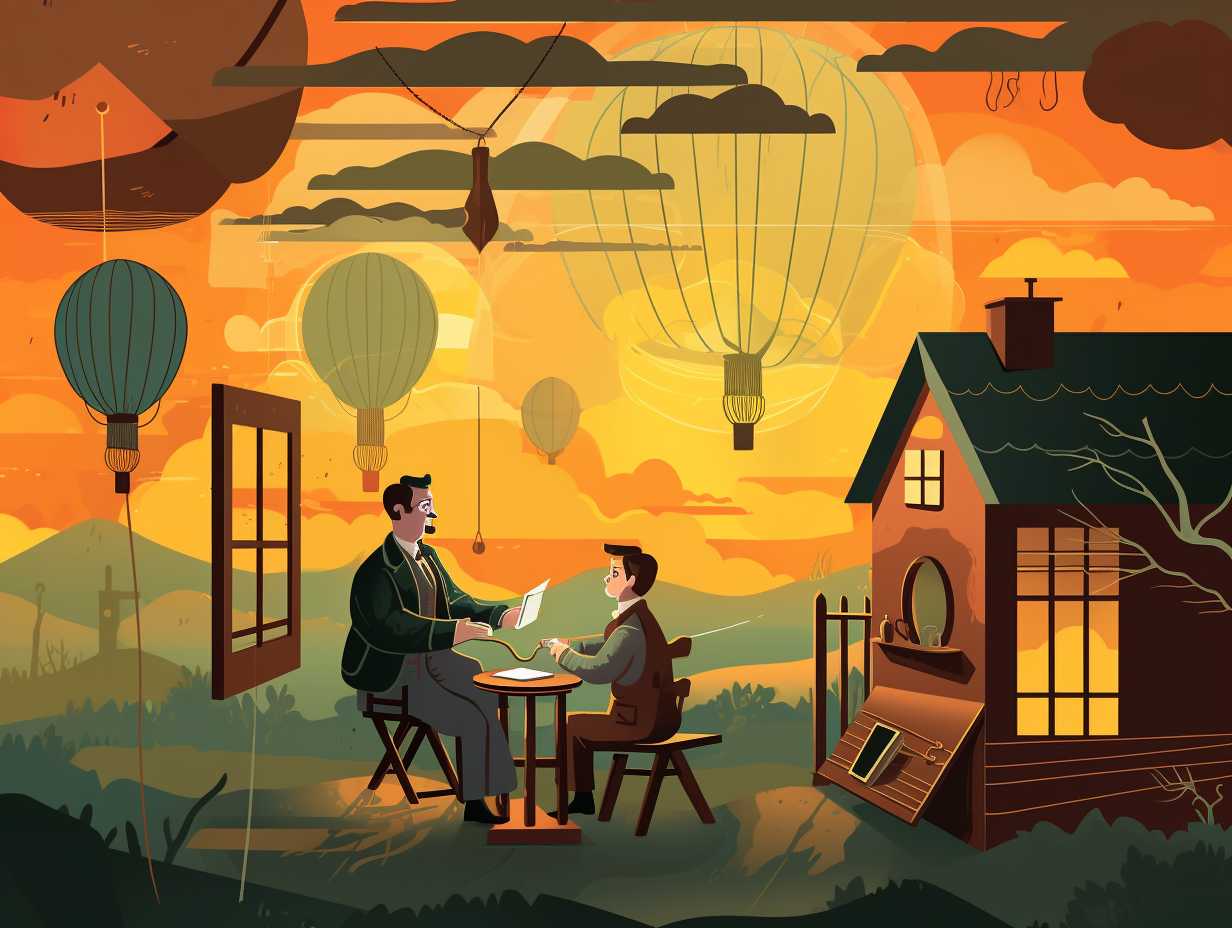
Did you know "SOS" became the go-to distress signal for its simplicity in Morse code, a key tool in the groundbreaking 1830s telegraph system? Discover more Morse-el fun facts!
=> Fun Facts about The-Telegraph
3. Barbed Wire: World War I's Satanic GPS
Back in the day, barbed wire was like a malicious GPS that led enemy troops straight into trouble: During World War I, soldiers would use artillery and gunfire to herd foes into barbed wire snares planted just outside their trenches, making it devilishly difficult for opponents to reach allied lines.
Source => nationalmuseum.af.mil
4. The Prickly Birth of Barbed Wire
Before cowboys could quietly hum "Don't Fence Me In," they first had to figure out how to keep their bovine broods from hoofing it into the wild, wild west: Enter barbed wire – a prickly solution to a thorny problem! In 1873, Henry M. Rose's brainchild of short wire spikes on a wooden rail sparked the ingenuity of Joseph Glidden, Isaac Ellwood, and Jacob Haish into creating the first-ever barbed wire fencing, ushering in a new era for farming on the American frontier.
Source => xroads.virginia.edu
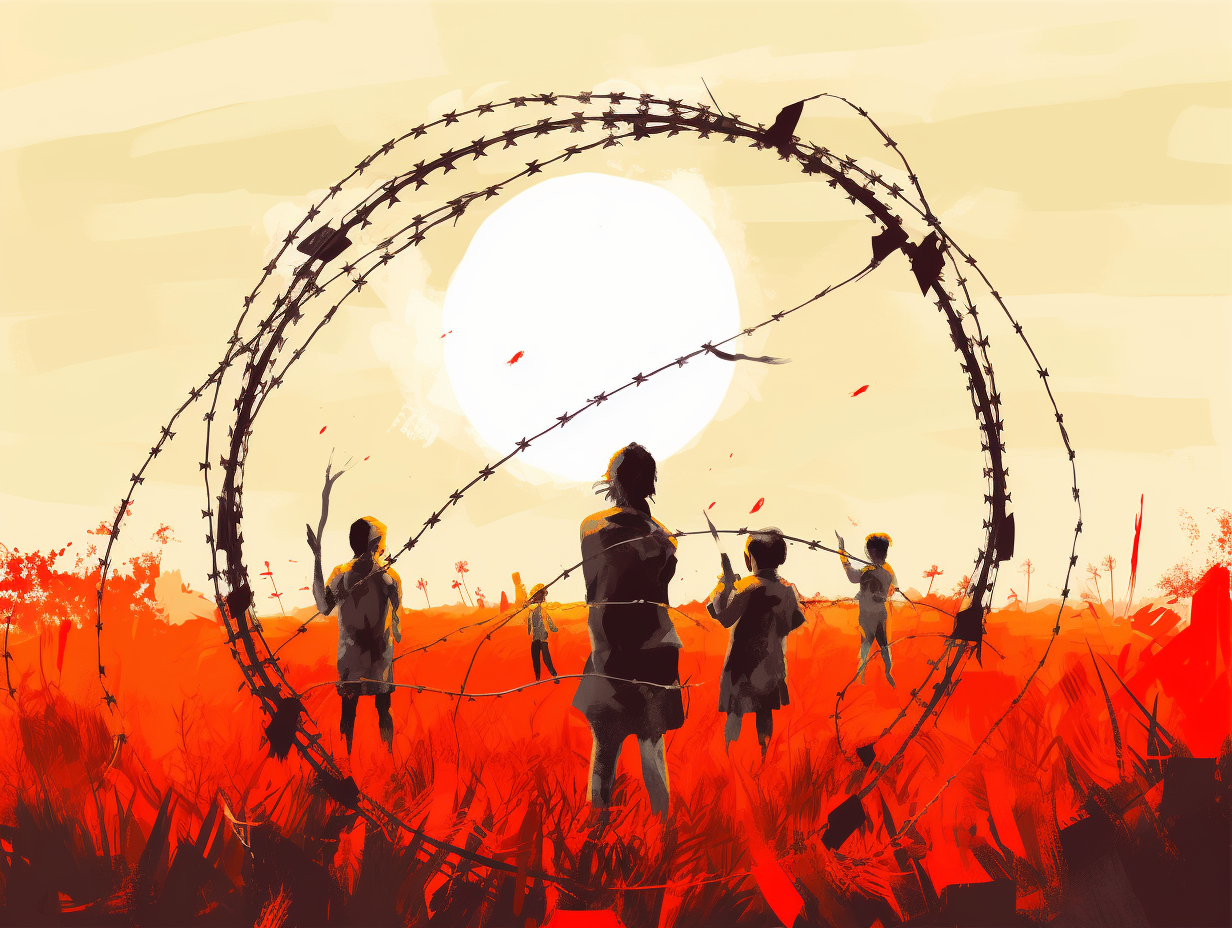
5. Plants and Barbed Wire: Unexpected BFFs
Whoever said "good fences make good neighbors" clearly never met the plant kingdom: Barbed wire fences have inadvertently protected "prikkeldraadvegetaties" or barbed wire fringe vegetations, unique plant communities that flourish in high-quality microhabitats created by cattle grazing along the wire. These fringe vegetations now serve as a significant resource for biodiversity conservation projects and habitat connections.
Source => researchgate.net
6. Wild West Fence-Cutting Wars
Before there were Facebook poke wars, there were "fence-cutting wars" in the Wild West: Barbed wire, patented in 1873 by Joseph Glidden, revolutionized the American West by allowing farmers to protect their land from wandering cattle, but also incited conflicts with Native Americans and cowboys who felt the fencing was a party pooper on their way of life. In fact, masked gangs would cut down fences and leave terrifying notes in what became known as the "fence-cutting wars", and despite the drama it caused, barbed wire still managed to thrive, with a whopping 263,000 miles of it produced in 1880 alone.
Source => bbc.com
7. Miss Lethal & Invisible: Barbed Wire Edition
If barbed wire participated in a beauty pageant, it would undoubtedly take home the crown for "Miss Lethal & Invisible": During World War I, barbed wire traps effectively channeled enemy forces into deadly kill zones, often going unnoticed until soldiers found themselves under fire and facing unfortunate ends.
Source => graphics.wsj.com
8. Barbed Wire: The Ultimate Land Grab
For the fence sitters who've been on the fence about, well, fences: behold the almighty barbed wire! Invented in the late 1800s, this prickly game changer revolutionized farming and ranching in the American West, replacing less effective single-strand wire fences and reducing dependency on expensive wooden or rock barriers. This led to settlers and ranchers staking their own claims, range wars, and the end of traditional open-range grazing. Nowadays, barbed wire still shines in various industries, like construction and military, while remaining a poignant symbol of war and confinement.
Source => archives.gov
9. Barbed Wire: Porcupine of Fashion
Who knew that barbed wire necklaces could be both a fashion statement and a prickly conversation starter? It's almost as if they were the porcupines of the fashion world, eager to hug your throat and look cool at the same time: In reality, barbed wire necklaces have been a part of fashion and tattoo culture since the 80s and 90s, with a resurgence in recent years as a nod to the nostalgia of 2000s fashion culture.
Source => statementcollective.com
Related Fun Facts


